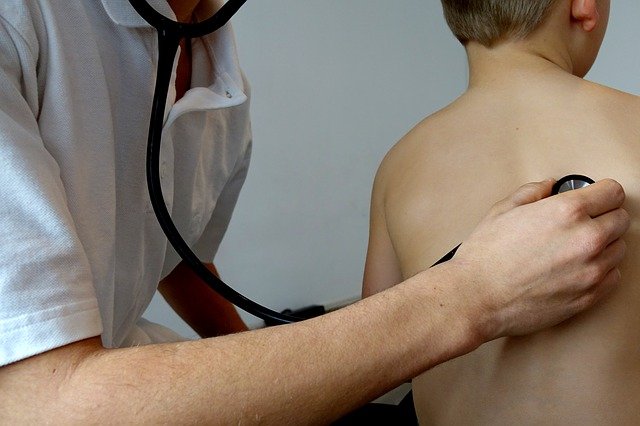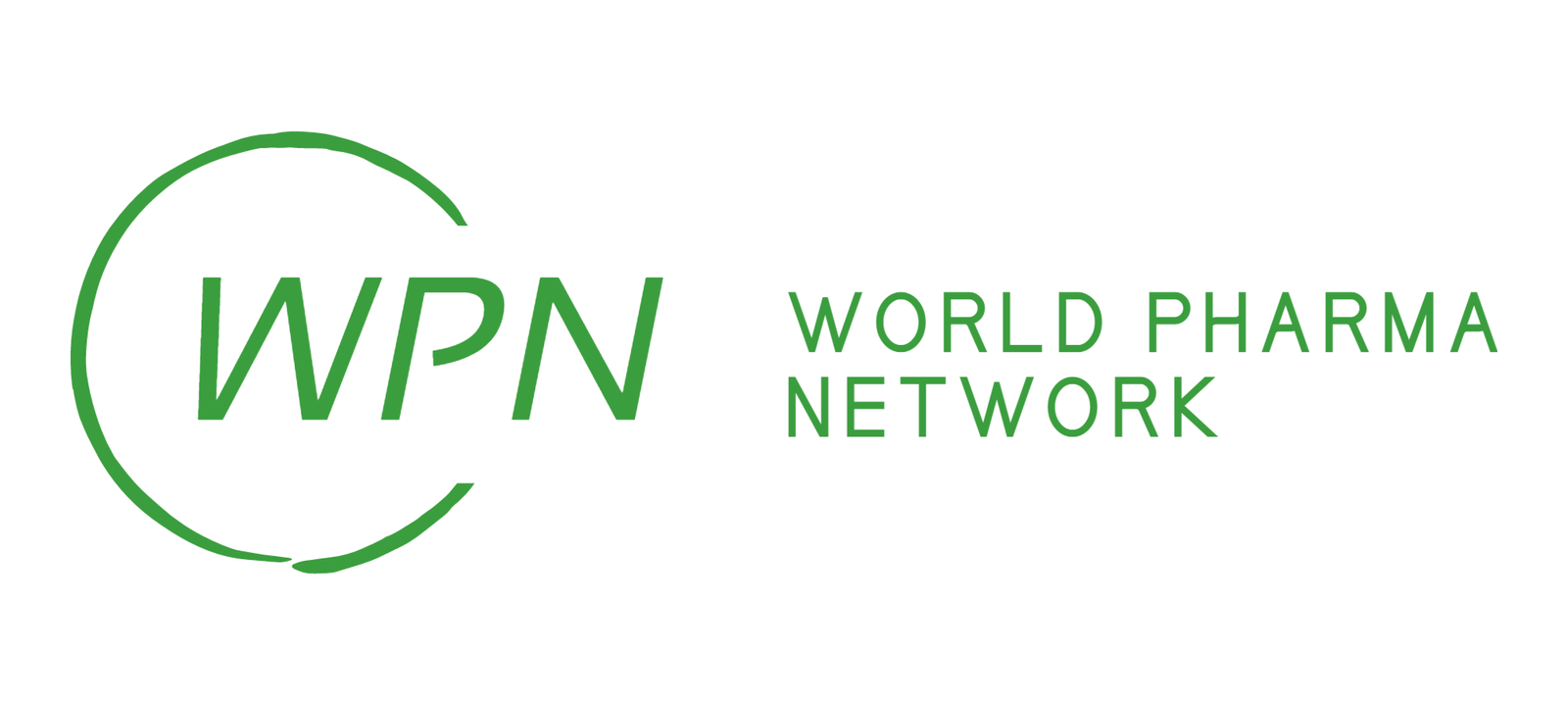Overview
Recent data obtained from the World Health Organization reported that cancer is one of the major causes of death for children and adolescents. Almost three lakh children within the age range of 0 to 19 years are diagnosed with cancer every year. These data are really shocking. Children are most commonly suffering from different types of cancers including leukemia, lymphoma, brain cancer, and some solid tumors like Wilms tumor, neuroblastoma. However, like adults, children can develop cancer at any part of the body.
Cause of childhood cancer
The cause of cancer development is genetic changes in a single cell or a group of cells which then spread to other adjacent cells, tissues, and organs. Early diagnosis can restrict the cancer spread and invasion to other organs. However, recently published scientific data reported that 10% of childhood cancer is related to a genetic disorder. Therefore, other causes of childhood cancer development need to discover in near future.
The reason for cancer development in children is usually undiscovered. Unlike adults, lifestyle and environmental factors are very few causative agents for childhood cancer. However, a healthy lifestyle and restriction to exposure to environmental toxins at an early stage of life can prevent the development of cancer in adult age.

Chronic infectious disease attacks at an early age increase the risk of childhood cancer. HIV, Epstein-Barr virus, and malaria are certain identified infections that may increase the risk of cancer. Early age immunization can prevent infection triggering cancer development in adults.
The fact of Childhood cancer
Childhood cancer diagnosis and treatment in low and middle-income countries are difficult. This is one of the major causes of the low rate of survival rate. It has found 80% of children who belong to high-income countries are suffering from cancer become a cure. Whereas, only 20% of childhood cancer is curable in LMICs.
What should do in childhood cancer treatment?
Childhood cancer cannot be prevented. But only early diagnosis and prompt treatment intervention can increase the survival rate of childhood cancer.
Importance of early diagnosis
Early diagnosis of childhood cancer increase the treatment effectiveness and the possibility of survival rate also increases. Another important factor is the correct diagnosis of childhood cancer, as it has a direct impact on treatment modality and outcome of the treatment.
The three important components of childhood cancer are:
- Family awareness and care accessibility
- Clinical assessment, diagnosis, and staging. It can help to get an idea of the rate of cancer spreading
- Immediate treatment accessibility
A range of warning symptoms is associated with cancer. Parental awareness and trained health care providers can detect and oncology references are important to diagnose childhood cancer at an early stage.
Treatment
Radiation, chemotherapy, surgical intervention, and other advanced cancer treatment can treat 80% of childhood cancer. Certain essential factors for childhood cancer treatment include completion of treatment, periodic monitoring for cancer recurrence, and management of treatment-related adverse effects.
Palliative care
All type of childhood cancer is not curable. In such cases, palliative care provides symptomatic relief and improve the quality of life of cancer patients. Childhood cancer palliative care is critical and should be managed by considering the age factor.
Reference:
https://www.who.int/news-room/fact-sheets/detail/cancer-in-children
